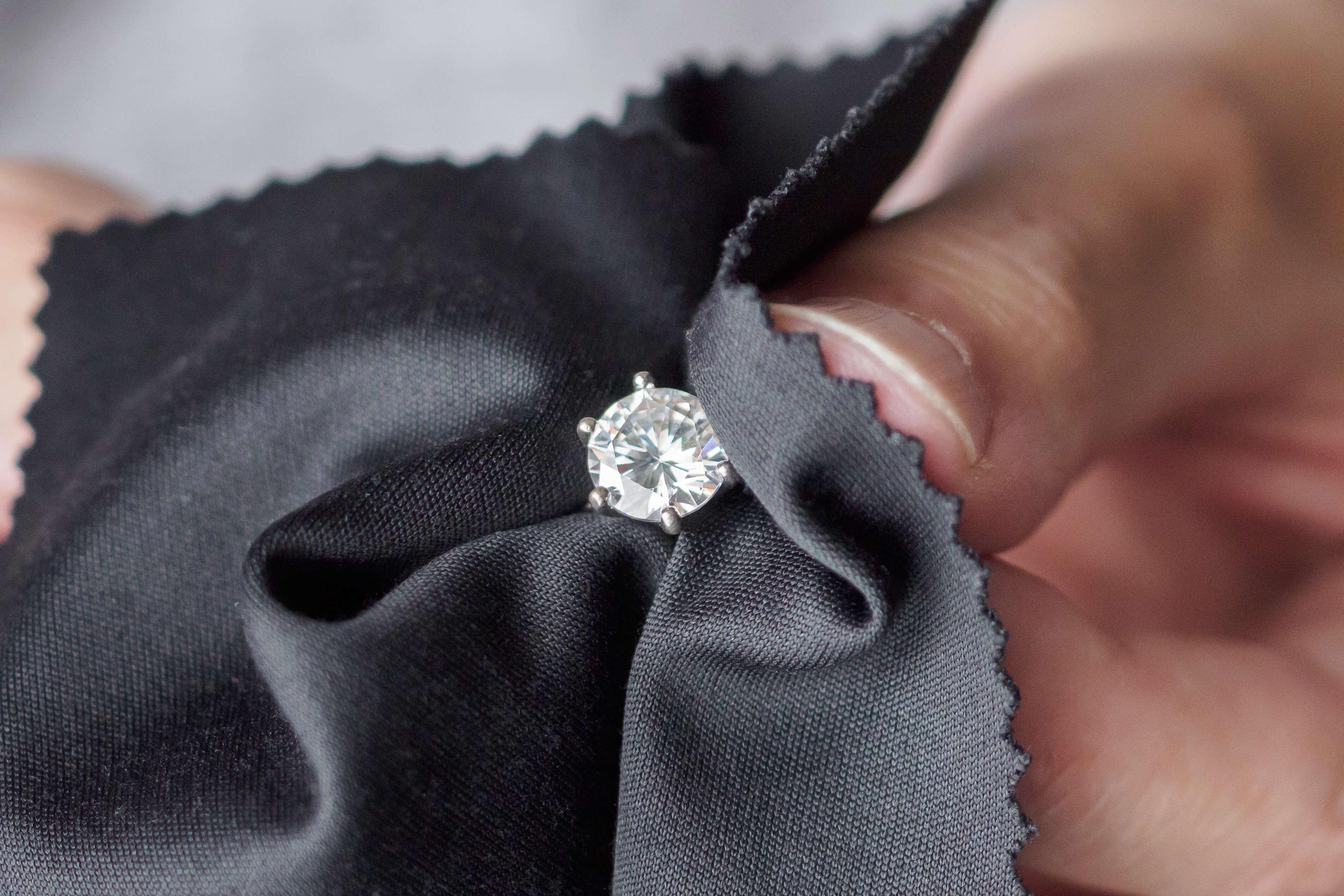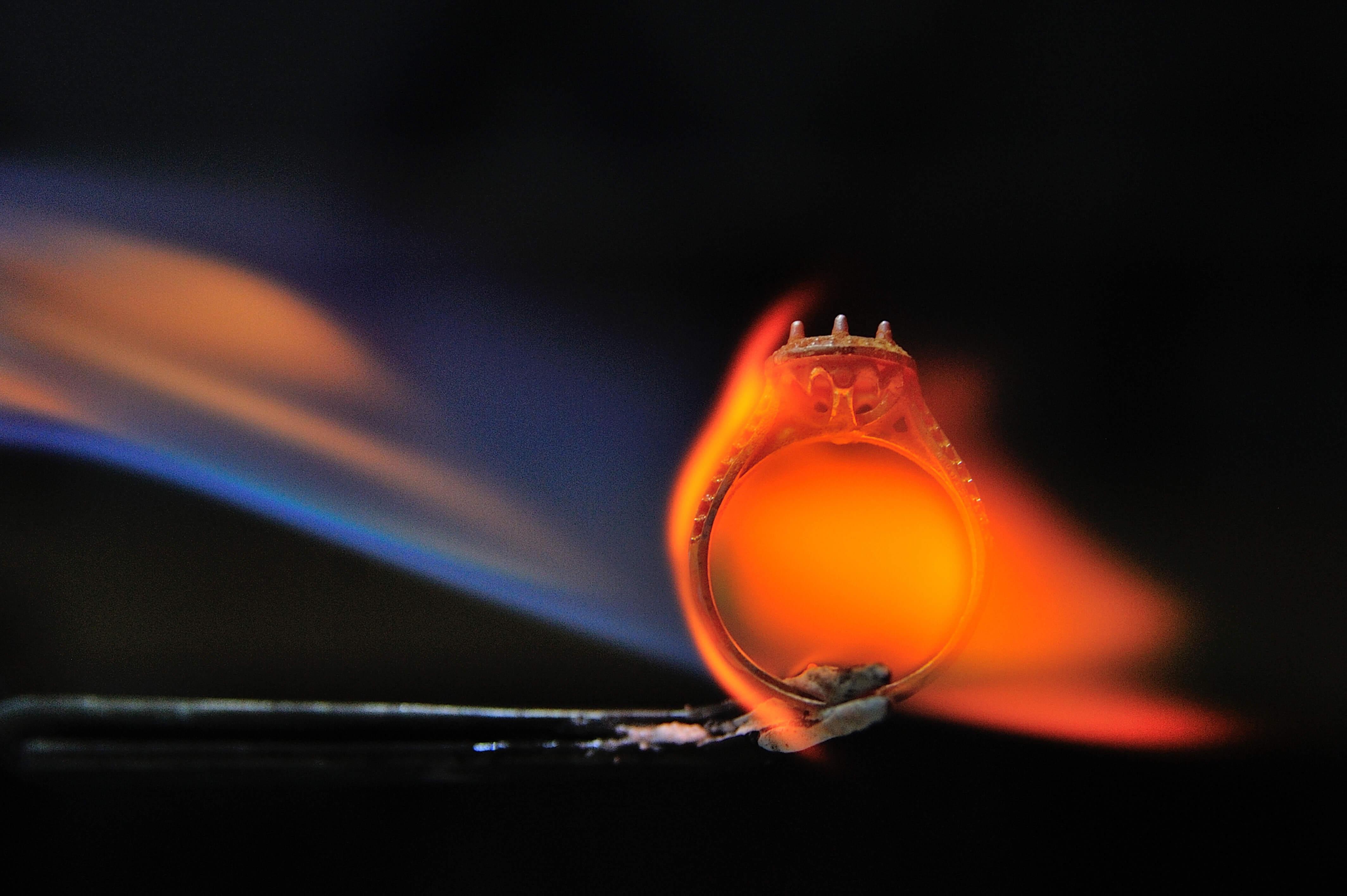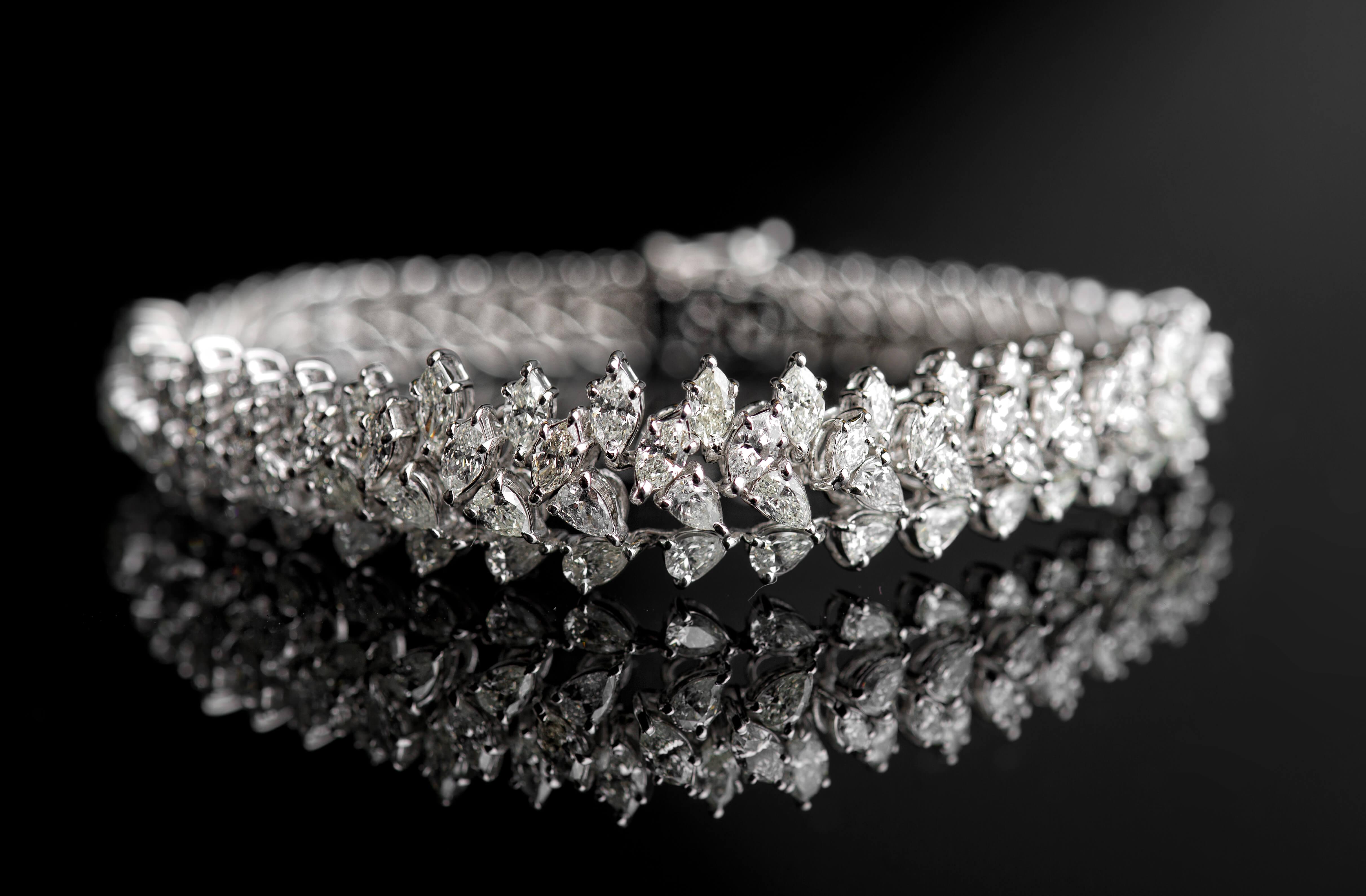
Is Diamond Cut More Important Than Diamond Origin?
What is most important in a diamond?
According to recent research, US consumers buy more diamonds than the rest of the world combined.
So it must come as no surprise that we are not only the world's largest market for diamonds but subsequently the largest lab-grown diamond market as well.
A relative newcomer to the jewelry industry, gem-quality lab-grown diamonds take their place alongside a myriad of other advancements in the diamond market, which has seen exponential growth both horizontally as well as vertically.
Today you have more diamond choices than anyone before has ever enjoyed. While diamonds are still one of the most expensive luxury items, they are more readily available and affordable than ever before. Advancements in diamond-related science and technology have given us more cuts and styles and grades than ever before offered, such as the Princess Cut, which is not yet 50 years old.
Now, with the proliferation of gem-quality lab-created diamonds, you can even choose your diamond by its origin.
Which brings us to a very important question: what is most important in a diamond? What makes one stone better than the next?
At Michael Gabriels, we have over 100 years of experience across three generations with diamonds, and in our expert opinion, the one single defining feature that separates the best stones from those less worthy is their beauty, not their origin.
And that beauty depends on the cut, one of the 4Cs of a diamond, more than on any other single attribute- especially over origin.
What's the difference between lab-grown vs natural diamonds?
99.999% of diamonds are derived from two sources: mining, and growing.
Both natural mined diamonds and lab-grown diamonds are real diamonds. They have the same physical properties, chemical composition, and optical properties. Topping the Mohs scale at 10, diamonds (both mined and man-made) are #1 in the world for hardness.
The major difference between the two types of diamonds ultimately is the price you will likely pay for them. It’s a night and day difference between mined and lab diamonds since you can get several carats worth of lab-diamond for a single carat of mined diamonds.
The other advantage of choosing a lab diamond is that they are generally more ethical and sustainable than mined diamonds.
They do not use exploitative labor such as child labor and forced labor, nor are they used to support conflict as blood diamonds. State-of-the-art facilities enable them to produce diamonds without the water, air, and land pollution often associated with natural diamonds.
What are the 4 Cs of diamonds?
You will probably find it interesting that both natural diamonds and lab-created ones are rather unflattering when rough. 
Rough diamonds are those that are uncut.
Uncut gems have none of the clean facets that act like windows into the diamond, so while they still have all of those optical properties, they go unappreciated and appear diminished because the light simply cannot get in and out easily.
The faceting and shape you associate with diamonds is not the result of nature but of the expert artisans who cut the gems. Without their work, diamonds would not be nearly as beautiful, as popular, or as sought after, as they are today.
The evaluation of those facets - how well they have been proportioned and polished- is graded as cut.
In diamond anatomy Cut is one of the most important of the 4Cs since the diamond’s cut directly affects how beautiful it will appear, and even how large it will look.
Carat refers to the weight of the diamond. However, while more carats does mean a larger diamond, whether or not the diamond will look much larger is dependent largely on how it is cut.
White Diamonds come in color grades from D-Z, with D-F diamonds as colorless, and G-Z ranging from the faintest of tints to significant coloration. How much color a diamond has is also determined by cut.
Clarity is the measure of inclusion and blemishes on and within the diamond. The clarity grading scale begins with FL and IF- flawless and internally flawless, meaning no inclusions or that they are too small to be seen by the naked eye; and continues down to I- Included, meaning that the inclusions are highly visible. Artisans can limit how much a diamond is included through the cutting process.

How important is cut in a diamond?
Cut is arguably the most important of all the 4 Cs, for a variety of reasons.
Firstly, as we mentioned briefly, it is the evaluation of how well the diamond has been fashioned to reveal its optical properties of fire, brilliance, and scintillation. A well-cut diamond will have much more light return than poorly cut diamonds, enabling a more dazzling display of those optical properties.
Extremely well-cut diamonds, whether they were grown in a lab or mined, will exhibit the marvelous interior illumination you are expecting.
This depends on the cut because of a diamond's physical and chemical composition. Made of pure carbon atoms which have crystallized, they allow light particles to flow in between the atoms that make up their diamond molecular structure.
But while the light particles can enter and can exit, inside the diamond they go through something like a maze in between all those carbon atoms, hitting some and bouncing back and around, finally coming out at an angle, as opposed to in a direct line, from where they came in.
This is a major oversimplification of the concept of refraction.
Refraction is something you can easily observe, and you are probably familiar with it from seeing how a spoon looks distorted when partially submerged in water.
I you are ever holding a diamond in your hand, you’ll notice that for most shapes, especially the brilliant-cut diamonds (such as the most popular shape, Round Brilliant Diamonds), you won’t be able to see what's on the opposite side of it, even though it's obviously perfectly translucent.
That's because most of the light that enters from the top, the sides, and the bottom, is refracted and (especially in a well-cut diamond) redirected back up to the viewer.
Of course, you might think that the better a diamond is cut, the more it will reveal any imperfections, coloration, or inclusions in or on the stone. However, one of the wonderful things about the cutting process is that it also helps to mask some imperfections by deliberately placing them in a way so that as the light is refracted around them, they are less noticeable to the untrained eye.
Also, how much a diamond appears white is not only due to the nature of the stone, but also to how well it is cut, since the amount of tint can be changed by changing the amount of light that passes through the stone- or rather how much stone that light has to pass through and at what angle.
Of course, if a diamond is tinted enough, or if the inclusions and blemishes are visible enough, no amount of perfection in the cutting process will change that.
That being said, the cut of a diamond will determine, to a certain and sometimes significant extent, the degree of coloration, and how included it is.
It goes without saying, though we will say it here anyway, that cut directly determines the size and shape of a diamond, and therefore its carat weight.
At Michael Gabriels
At Michael Gabriels we specialize in lab diamonds and producing custom and fully bespoke fine jewelry.
We prefer lab-grown diamonds because of their affordability and lack of ethical concerns compared with mined diamonds. It is easier to trace their origin, so we can ensure that no conflict diamonds or blood diamonds are in our collection.
Many of the lab-created diamonds we obtain are also more environmentally friendly than mined diamonds since they are made with sustainable materials and processes.
Of course, for those who want them, we are also able to provide mined diamonds and fancy-colored diamonds.
To make our custom and bespoke fine jewelry we work with some of the finest artisans in New York City to design, cast, set and polish. Our online collection of lab-grown diamond engagement rings and other fine jewelry are all customizable to your specific needs and requirements.
We would love to extend our century of experience toward producing your dream piece.
If you have any questions or a jewelry idea that you would like to turn into a reality, please reach out to us online or on Instagram, and we will be happy to help you.



